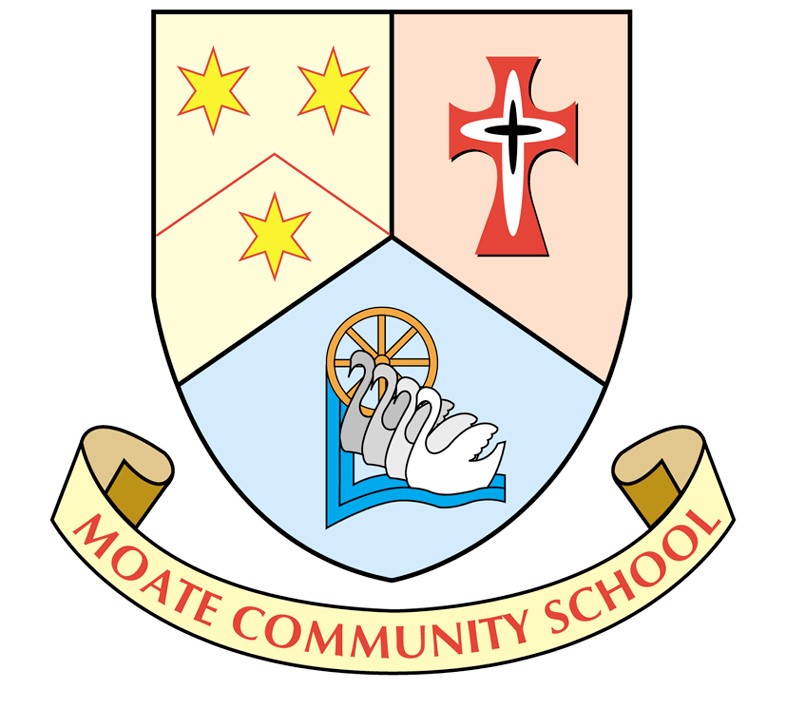Moate Students compete at the 56th BT Young Scientist and Technology Exhibition
Five groups of Transition Year students from Moate Community School presented their projects at the 56th BT Young Scientist and Technology exhibition between the 8th and 11th of January.
In their project titled ‘Does Seaweed contain the Solution to Ireland’s Fertiliser Run-off Problem?’, Hannah Malone and Emma Keenan produced a variety of seaweed-based fertilisers and studied their ability to support plant growth and inhibit nutrient run-off from Irish farms.
Aoife Murray and Megan Clinton investigated ‘Can Biochars Derived from Farm Waste Reduce Greenhouse Emissions from Irish soils?’. The group prepared biochar from hay and silage and studied the levels of greenhouse gases such as nitrous oxide and carbon dioxide produced by the soils.
Rachael McCann and Niamh Collins’ project ‘Sitka vs Native Broadleaf: The impact of Ireland’s forestry’ compared the biodiversity of plants and invertebrates in Sitka spruce plantations and native broadleaf forests.
Sharon Seery and Emily Ray studied the effectiveness of a variety of factors at improving the unpalatable smell of goat’s milk in their project ‘Dispel the Smell of Goat’s Milk’. They also investigated the ability of a number of yogurt additives at improving the taste of goat yogurt.
Cliona McCormack and Emily Korzeniewski investigated the ‘Effects of Dredging on the River Shannon’. The group studied the impact of dredging on the river’s biological, chemical and physical properties over a nine week period at sites surrounding the Meelick Weir. Cliona and Emily were ‘Highly Commended’ by the judges for their investigation.
The judges were impressed with the enthusiasm and confidence of all students during their presentations. They commended all groups on their thorough investigations and fluent knowledge of a range of environmental issues. It is clear that the skills the students gained from competition will be of great benefit the students in their future studies.


